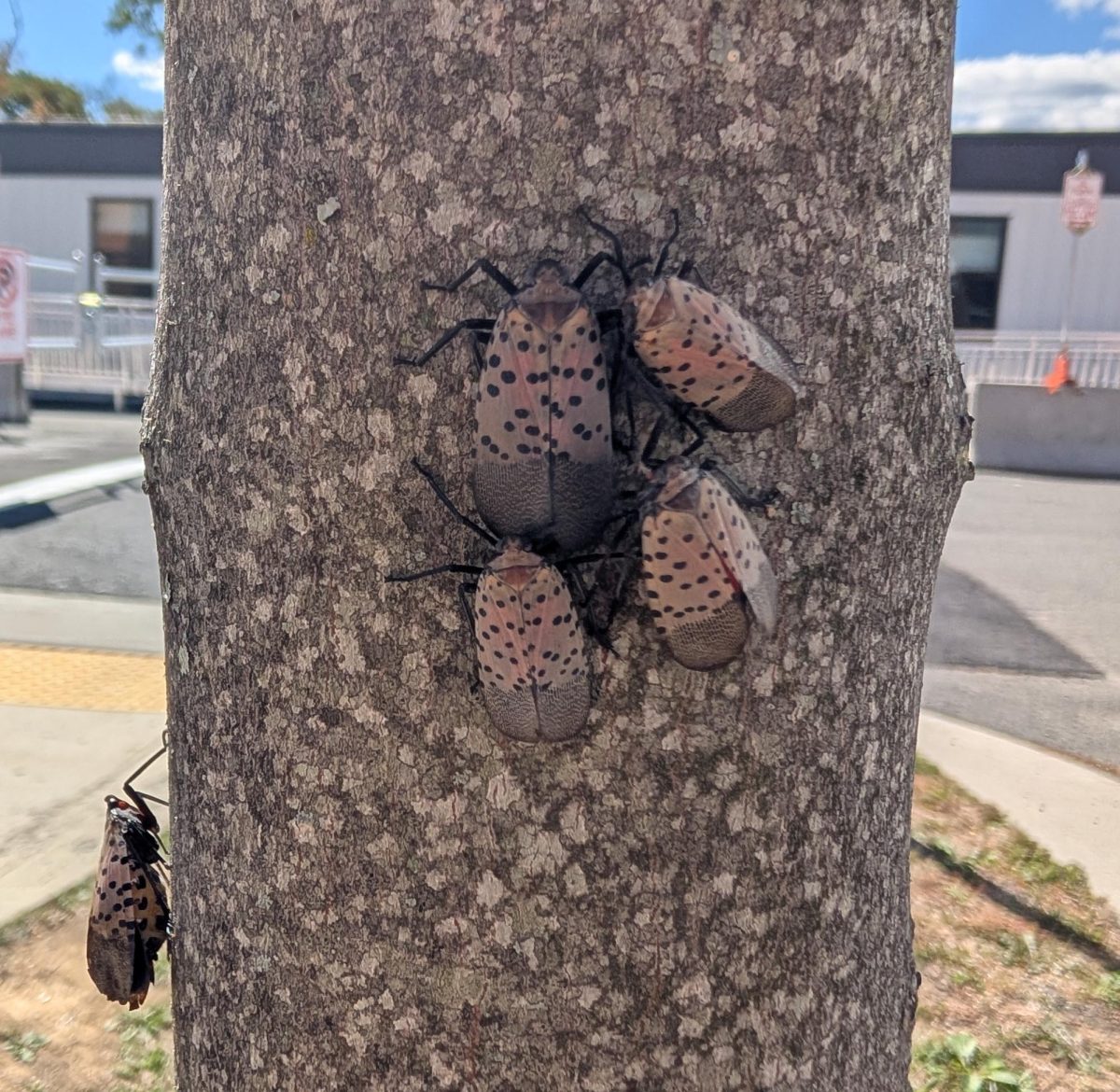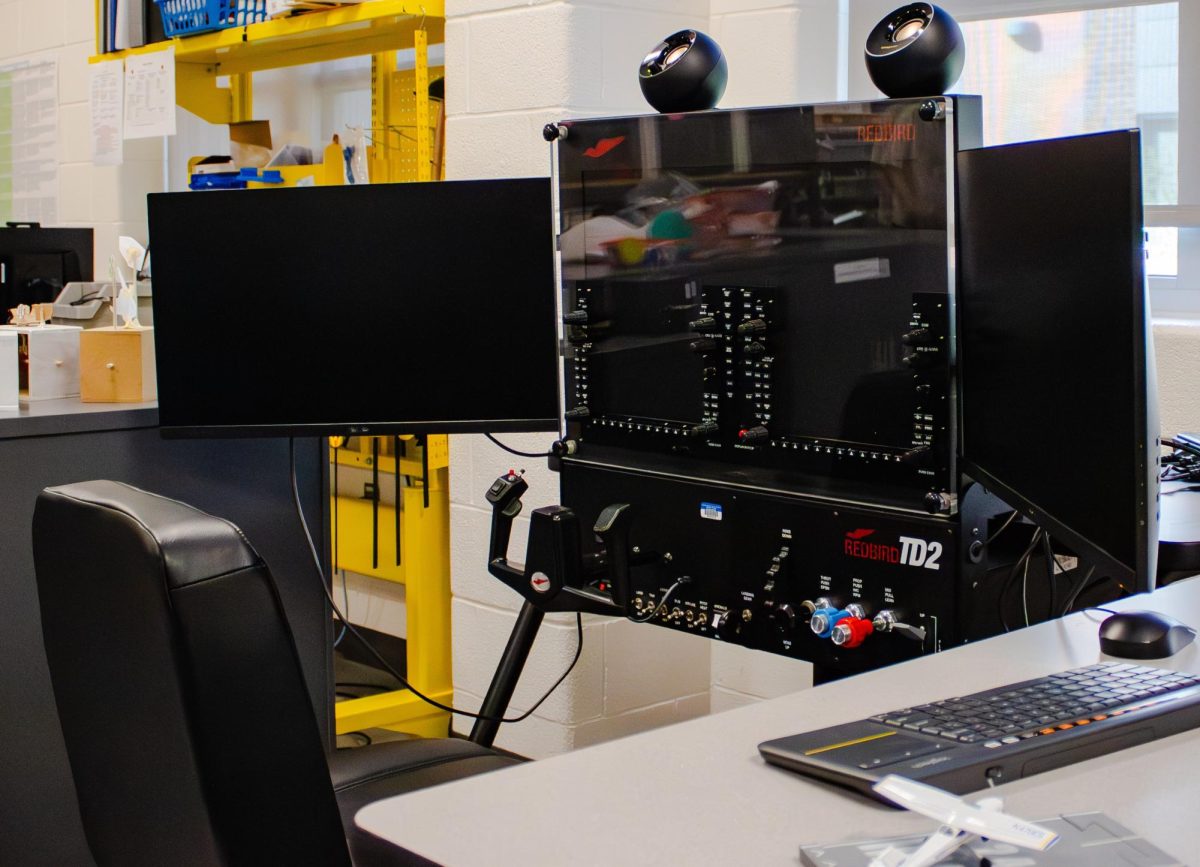Lightridge deals with the vaping epidemic
Provided by TBEC Review under the Creative Commons license
According to the Centers for Disease Control and Prevention, vaping regularly can cause permanent damage to the parts of the brain that control emotion, memory, and critical thinking.
February 8, 2023
Generation Z almost made it as the first nicotine-free generation. No-cigarette ad campaigns and education were beginning to pay off, and then vapes entered the picture.
Vapes were first created in the 1930s— they are not anything new. But in the 90s, as more anti-smoking legislation was passed, companies that produce cigarettes were facing more and more restrictions and then the commercialization of vapes began.
Nicotine, the drug in vapes, is highly addictive. Although it is less harmful than cigarettes, vapes contain diacetyl which is linked to lung disease, according to the Centers for Disease Control and Prevention. Vaping regularly can cause permanent damage to the parts of the brain that control emotion, memory, and critical thinking.
As of now, there are little to no regulations on vapes. Selling nicotine to individuals under the age of 21 is illegal in the state of Virginia, but that does not stop underage individuals from acquiring vapes.
Cigarette usage has decreased, while e-cigarette use has increased dramatically. According to the CDC, smoking in adults has gone down by 8.4% from 2005 to 2020. However, more than one in four middle and high school students use e-cigarettes daily.
According to a survey conducted by the Food and Drug Administration, more than 2.5 million middle and high school students had vaped within the span of 30 days.
Assistant principal Dr. Kimberly Jackson said that vapes are “bordering [on] an epidemic. I can’t imagine that there is a school in all of Virginia that hasn’t had an issue with nicotine.”
Daryl Potts, the security officer at Lightridge, has said that vaping is “just another thing that is trending.” He believes the way to change the vape culture at Lightridge is to “model prosocial behavior.”
“I vape at least once a day, “ said a Lightridge student who started vaping this year. The student uses the bathrooms and keeps the vape in their pockets. When asked if they could stop vaping, the student responded with, “I am not an addict. I can control myself and go clean for however long I want to, if I want to.”
An English teacher, who has caught individuals vaping, said that she “felt like I couldn’t report it” because while she was certain the students were vaping, she didn’t actually see them and she could not “see it or smell it.”
According to the English teacher, part of the reason why it is difficult to report students is because the flavors of the vapes have scents similar to perfume. The only way to prove that a student was vaping is to find the vape on them or in their backpack.
According to Dr. Jackson, when students find out that an administrator may conduct a search, they quickly dispose of the vape.
While Lightridge is actively trying to address the vaping issue taking place at school, it is hard to take direct action when the evidence literally disappears into thin air.





